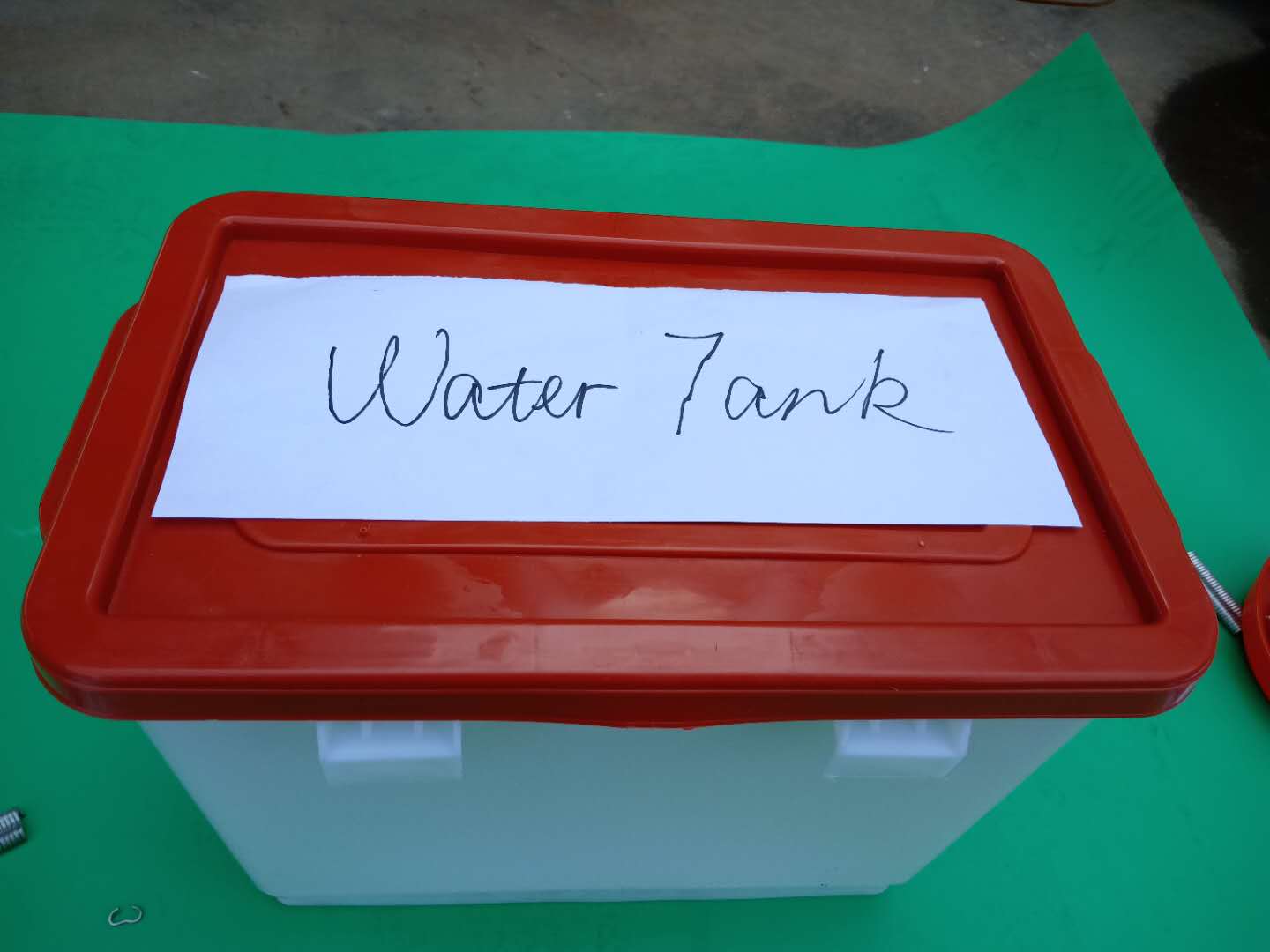Innovative Cage Design Solutions for Enhancing Broiler Chicken Welfare and Production Efficiency
Jul . 28, 2024 23:47 Back to list
Innovative Cage Design Solutions for Enhancing Broiler Chicken Welfare and Production Efficiency
The Importance of Cage Systems for Broiler Chickens
The poultry industry has undergone significant transformation over the years, with a growing emphasis on efficiency and sustainability. Among the various methods employed to rear chickens, cage systems have emerged as a popular choice, particularly for broiler chickens, which are bred specifically for meat production. This article delves into the role of cage systems in broiler chicken farming, their advantages, disadvantages, and the implications for animal welfare and productivity.
The Importance of Cage Systems for Broiler Chickens
One of the significant benefits of using cage systems is the improved biosecurity they offer. Cages can help prevent the spread of diseases among flocks, as the separation of birds minimizes direct contact. This is particularly important in a commercial setting where an outbreak can lead to substantial financial losses. By containing birds in cages, farmers can manage disease outbreaks more effectively and implement biosecurity measures that mitigate risks.
cage for broiler chicken

Moreover, cage systems can facilitate more efficient feeding practices. Automated systems can be integrated with cages to ensure that birds receive the right amount of feed at scheduled intervals, reducing waste and ensuring optimal growth. Controlled environments also allow for better monitoring of bird health, as changes in behavior can be more easily observed when birds are housed in a contained space.
However, the use of cage systems in broiler chicken farming is not without controversy. Critics argue that confining animals to cages can lead to stress and adverse health effects. Broiler chickens are known for their rapid growth rates, which can result in skeletal problems and other health issues if not managed properly. While cage systems may provide a controlled environment, the welfare of the birds should remain a paramount concern. Adjustments to cage design and housing conditions must be made to ensure that birds can express natural behaviors and maintain good health.
Additionally, there is growing societal pressure for increased transparency in agricultural practices, including animal welfare standards. Consumers are becoming more informed about where their food comes from and how it is produced. This shift in consumer attitudes has compelled farmers to reconsider traditional practices and explore alternatives to conventional cage systems. Free-range and enriched housing systems are gaining popularity as they allow for greater freedom of movement and behavioral expression, aligning closely with animal welfare concerns.
In conclusion, while cage systems for broiler chickens provide notable advantages in terms of productivity and biosecurity, they also pose significant ethical questions regarding animal welfare. As the poultry industry evolves, it is crucial for farmers to balance efficiency with the responsibility of ensuring the well-being of their livestock. Future innovations may lead to improved cage designs that prioritize both productivity and animal welfare, paving the way for a more sustainable and ethical poultry industry. The ongoing dialogue between farmers, consumers, and animal welfare advocates will shape the future of broiler chicken farming and influence the design and implementation of cage systems.
-
Hot Sale 24 & 18 Door Rabbit Cages - Premium Breeding Solutions
NewsJul.25,2025
-
Automatic Feeding Line System Pan Feeder Nipple Drinker - Anping County Yize Metal Products Co., Ltd.
NewsJul.21,2025
-
Automatic Feeding Line System Pan Feeder Nipple Drinker - Anping County Yize Metal Products Co., Ltd.
NewsJul.21,2025
-
Automatic Feeding Line System - Anping Yize | Precision & Nipple
NewsJul.21,2025
-
Automatic Feeding Line System - Anping Yize | Precision & Nipple
NewsJul.21,2025
-
Automatic Feeding Line System-Anping County Yize Metal Products Co., Ltd.|Efficient Feed Distribution&Customized Animal Farming Solutions
NewsJul.21,2025






